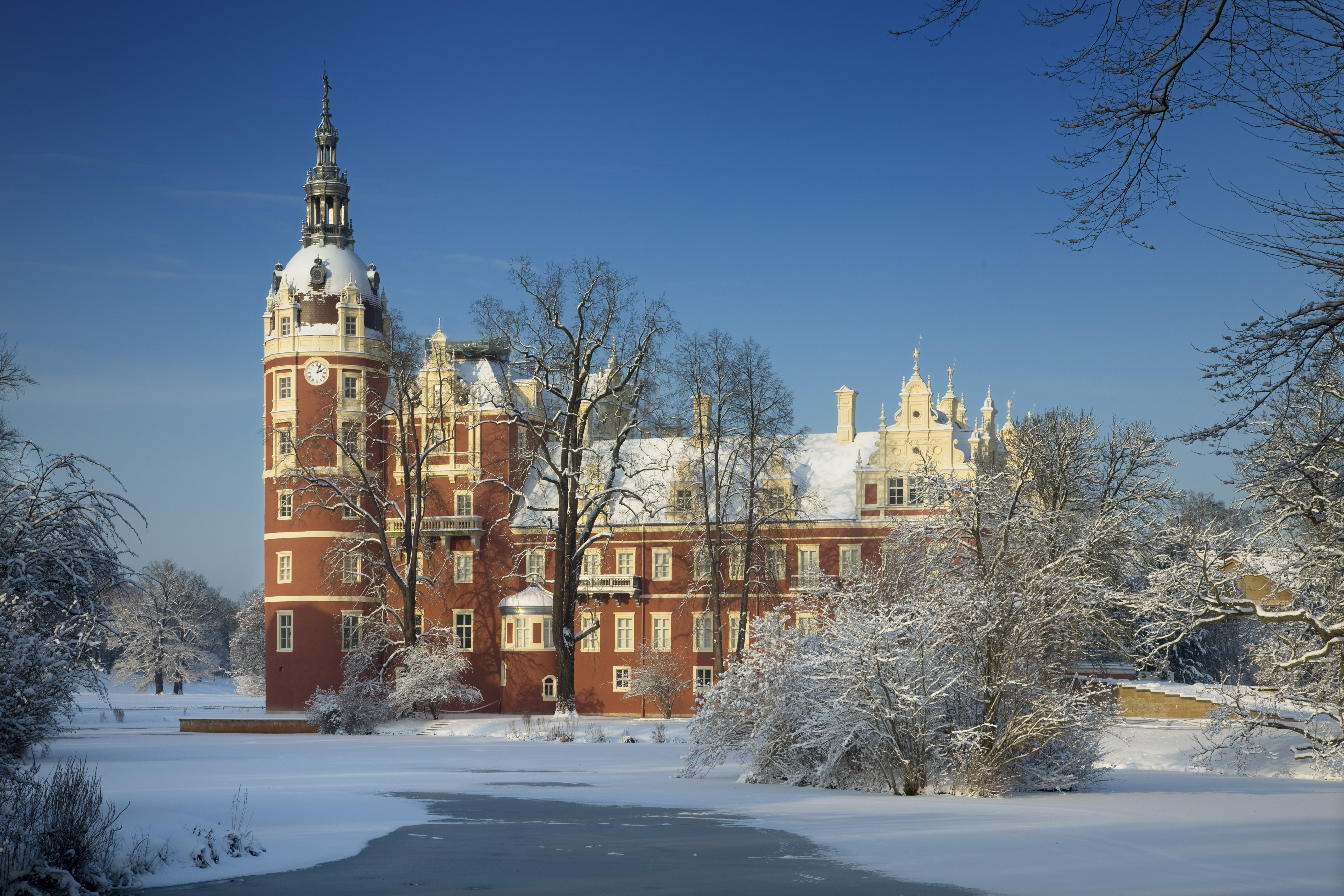UNESCO
With us you can visit and get to know four UNESCO sites in a very small space. The UNESCO World Heritage Muskauer Park/Park Mużakowski in Bad Muskau has been on the UNESCO list since 2004. The landscape park designed by Prince von Pückler-Muskau extends on both the German and Polish sides, which makes it special.
The German-Polish UNESCO Global Geopark Muskau Fold Arch/Łuk Mużakowa was created around 340,000 years ago during the Elster Ice Age. Its current landscape was formed by a huge glacier and shaped by many years of mining. Today you can discover natural valleys and hundreds of narrow mining lakes that shimmer in all colors.
The UNESCO Upper Lusatian Heath and Pond Landscape Biosphere Reserve, located a little further south, is the largest contiguous pond area in Central Europe and the only biosphere reserve in Saxony.
In addition, the social customs and festivals of the Lusatian Sorbs are on the German list of intangible forms of heritage throughout the year. An annual highlight is the Easter riding.

UNESCO Biosphere Reserve Upper Lusatian Heath and Pond Landscape
The UNESCO biosphere reserve “Upper Lusatian Heath and Pond Landscape” extends to the east of the Free State of Saxony and includes the largest contiguous pond area in Germany. It is embedded in a historically grown cultural landscape with a remarkably rich natural environment and plays an outstanding role in nature and species protection. The centuries-long tradition of pond farming has left behind a large number of ponds that are still used today primarily for carp farming.
UNESCO Global Geopark Muskau Fold Arch / Łuk Mużakowa
The Muskau fold extends like a horseshoe across the triangle of Brandenburg - Saxony - Poland. Mostly in Germany (Brandenburg and Saxony), part of it is in the Polish Lubuskie Voivodeship.
It is an impressive compressional moraine from the Ice Age, one of the most important examples of large-scale glacial-tectonic deformation. The name “Muskauer Fold Arch” was introduced in 1928 by geologists at the Prussian Geological State Institute.
UNESCO World Heritage Muskauer Park / Park Mużakowski
Muskau Park has been on the UNESCO World Heritage List since 2004, and this is largely thanks to Hermann Fürst von Pückler (1785-1871). He created this masterpiece along the Neisse, which is now considered a classic landscape garden. As the founder of modern landscape design, he shaped not only Europe but also America. His principles are still relevant today, as his well-known textbook "Annotations on Landscape Gardening" from 1834 shows. This recognition of cross-border management honors the care of Pückler's cultural heritage.
